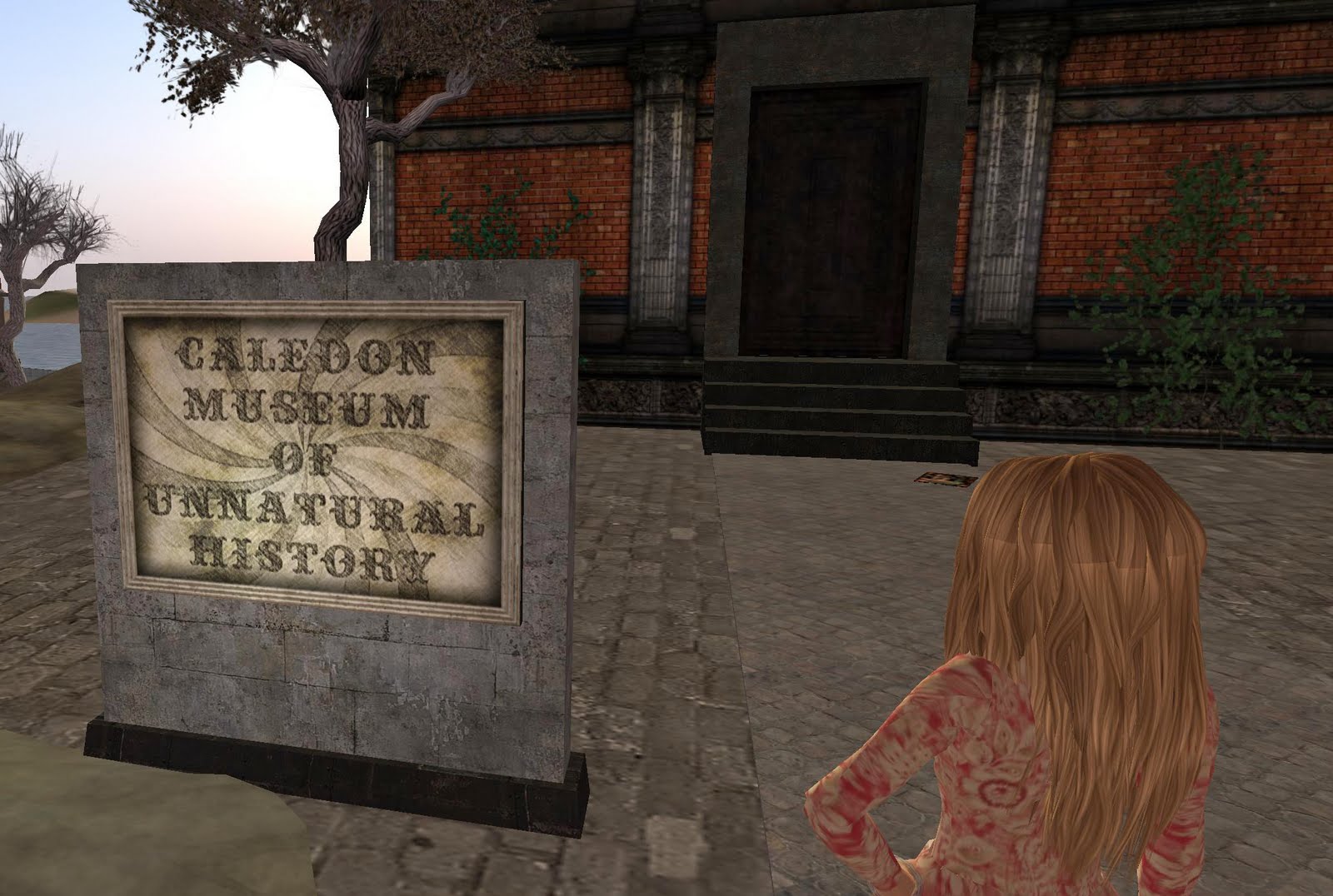

This occurs because of their ability of sprouts to grow from roots and burls beneath the soil. The most unique characteristic of the redwood is its ability to grow in circular groups, called fairy or cathedral rings. Upper Campus has the tallest and thickest forest of redwoods. Usually, the older the tree, the taller it is, and redwoods can be over 1500 years old unfortunately, most of the campus was logged during the days of the Cowell Ranch and most redwoods are no more than 100-years old on campus and are about 50-200 feet in height. This can make for a very tall tree whose branches appear the densest from about midway up to the top where they receive more light to photosynthesize. They are the tallest tree on earth, reaching a height of over 350 feet and a base diameter of 23 feet. With a range that spans a small strip of coastal land from Oregon to the Santa Lucia Mountains in Monterey County, California, they exist within close proximity to the ocean, usually in the hills and mountains, though sometimes at sea level, where they can receive adequate precipitation.

The natural history of UC Santa Cruz is a very rich and very long one, so to provide a picture of it, I have described a few of these notable species in this chapter.Ĭoast Redwood (Sequoia sempervirens). They provide the unique experience of going to school surrounded by the forest and also allow for the creation of most of the unique sites discussed in this book. However, to most observers, trees are by far the most important natural element on the campus of UCSC.

Cowell and Stevenson Colleges stand above an ancient sea cliff other cliffs cross the Great Meadow. If you use your imagination, you can look at the lower campus and admire the work of these ancient waves. Thousands of years of exposure have rounded these old cliffs, while streams have cut through them. Ocean waves slowly shaped cliffs in the rock of the campus. In geologic time, the campus is only recently risen from the sea. All of these come together to form the natural landscape of a place like UC Santa Cruz where a wide variety of life colors the region. We see a deer leaping through the forest or a monarch butterfly hovering overhead. We hear the buzzing of insects and the calls of birds. The landscapes we see today are “painted and decorated” by the trees and flowering plants within them. The beauty of the world is shaped by the beings that exist within it, producing a unique environment that can inspire awe in those who see it.


 0 kommentar(er)
0 kommentar(er)
